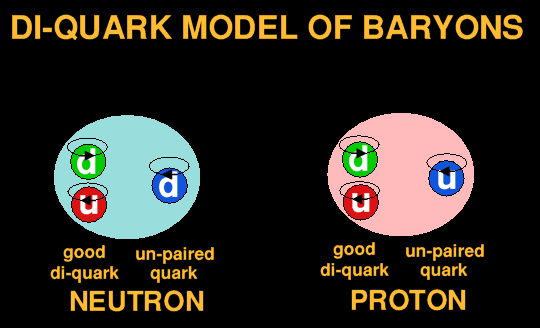
But it's not a matter of counting and subtracting. 3 is the number of quarks minus the number of antiquarks. Like others, I'd always heard there are 3 quarks inside the proton. I happened to run across this terrific talk called The Secret Life of Quarks, well worth watching. I don't think that "plus zillions of gluons and quark, anti-quark pairs" is the key to enlightenment, either. I agree with the author that specifically to understand LHC physics, "it is three quarks" is not enough. There is at least one mathematical model that describes it as a magical box containing random objects which may well be the most-used mathematical proton model in the world.

) but I lack both time and skill to write about this.īottom line: Saying that a proton is more complicated than three quarks held together by a gluon pit is correct. There are a lot of reasons I can think of why that could be missing the big picture (is this an effect of perturbation theory? How is the probability to heavier quarks related to the CKM matrix? How is the remnant of the interaction, the Underlying Event, handled?. So from the perspective of someone doing particle physics experiments, it is probably correct to say that a proton contains all kinds of stuff. Just Google for them yourself, the first hit I found (no guarantee for quality) is figure 1 of. These PDF can be measured in experiments, and they also contain heavier quarks.

The probability function is called the parton distribution function (PDF). These probabilities can be taken into account when simulating/calculating collider events. Experimental physicists have a very pragmatic approach to these partons: They define a probability to get a certain parton (a quark or a gluon) with a given momentum from the proton. A parton is the thing that does the core interaction when a proton is shot at something else in a particle collider ("core interaction" is the part of the process with the highest energy, the one that you draw Feynman diagrams for to describe it). In particle physics, there is a concept of a parton. The quoted part of the text you provided seems correct to me.


 0 kommentar(er)
0 kommentar(er)
